Last October I visited the National Museum of Women in the Arts (NMWA) in Washington DC. According to the handout brochure, the NMWA is the only museum in the world solely dedicated to the contributions of women artists. NMWA champions women through the arts by collecting, exhibiting, and creating programs that advocate for equity and excellence.
I almost bypassed this venue since it was late and approaching their 5 PM closing time. Apparently I was the last person allowed to enter since they were setting up for a private evening affair. The concierge allowed me to enter without the $8 senior payment or $10 adult payment since I had to hustle my stay and work around the people setting up the private affair tables and displays. I was permitted about 30 minutes of walking and photographing three of the five floors. Free admission is granted on the first Sunday of each month.
The building is a Renaissance Revival architecture structure completed in 1908 and originally served as a Masonic Temple, symbols of which can still be seen on the exterior and supposedly underneath the inside carpeting. The cornerstone was laid by President Theodore Roosevelt in 1907 with the same gavel and trowel George Washington used to lay the cornerstone of the Capitol Building in 1793. The building was purchased in 1983 and subsequently renovated by the NMWA and opened in 1987. There is also a café, museum shop and library research center on the premises. The top two floors house the library and a performance hall.
Two of the museum’s highlighted pieces I photographed:
The abstract work called Iris, Tulips, Jonquils and Crocuses (above) by Alma Woodsey Thomas who became famous in her 70’s after teaching junior high school art for three decades.
The other was the Apres la Tempete (After the Storm) white marble sculpture by Sarah Bernhardt. It depicts a Breton woman cradling her grandson after a seaside accident he unfortunately didn’t survive.
The NMWA has permanent and temporary exhibitions. My favorite pieces were the sculptures and the modern abstract paintings. I also enjoyed the building architecture and décor.
Some of the paintings were old such as Italian painter Lavinia Fontana’s “Portrait of a Noblewoman” from 1580, a painter who also managed a household of 11 children.
And the Dutch painter Judith Leyster whose 1633 work “The Concert” shows herself as the singer in the painting according to scholars. Leyster’s paintings were credited to her husband and other men for two centuries until the truth was uncovered.
Most works have an interesting story behind them. Magdalena Abakanowicz’s “4 Seated Figures” of headless and handless figures reflects the artist’s direct experience—she witnessed her mother being shot in the hands as soldiers stormed their home in Poland during World War II.
Kiki Kogelnik, an Austrian painter moved to New York City in the 1960’s to spur on the Pop Art movement. Her 1973 work “Superwoman” is an alleged self portrait.
And contemporary American artist Jane Hammond’s 1995 work “Wonderful You” superimposes her face on different body figures.
As always in art, beauty is in the eye of the beholder. Some of the pieces left me wondering out loud.
E. V. Day’s “G-Force Dive” with monofilament stretching thongs,
Frieda Baranek’s untitled sculpture of a ball of rusted iron wire and rods.
Chakaia Booker’s “Acid Rain” made out of strips of recycled rubber tires that nearly filled an entire wall.
The National Museum of Women in the Arts is located at 1250 New York Avenue NW in Washington DC.
Here are some of the other paintings I saw in the museum:

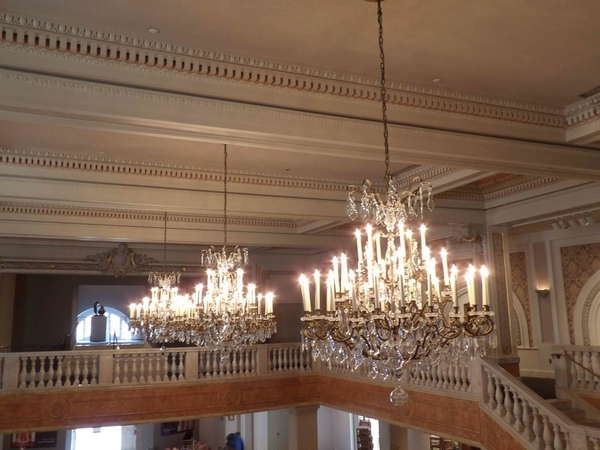
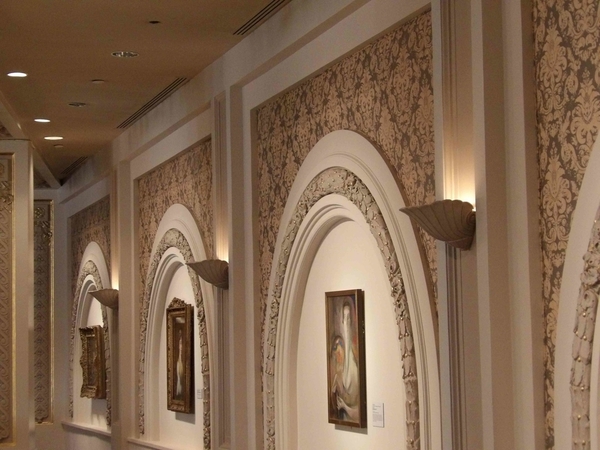

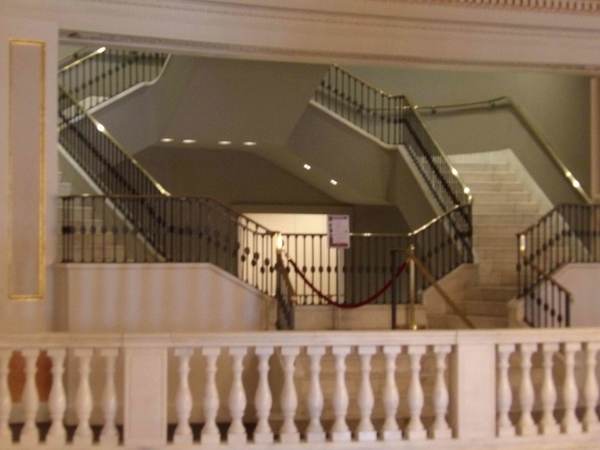
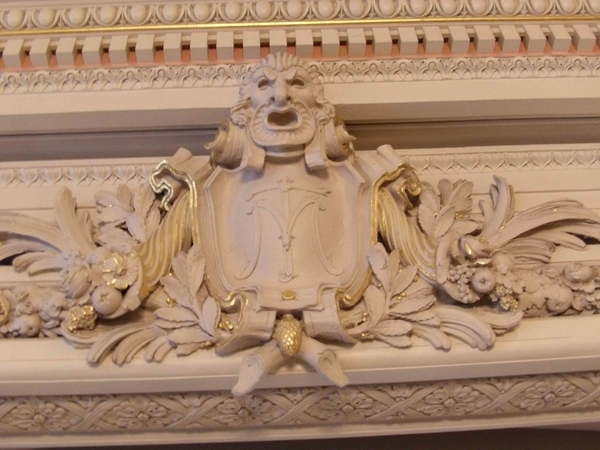
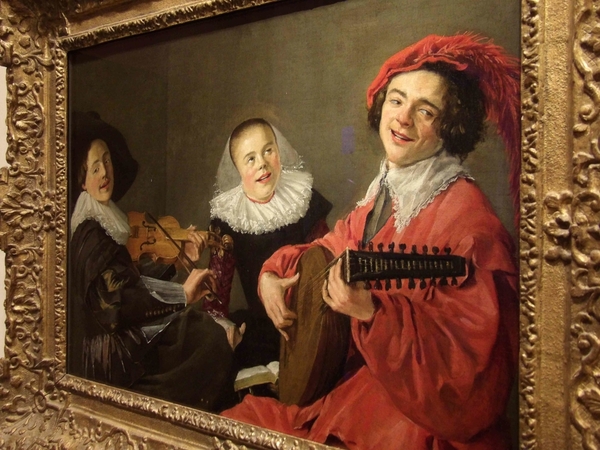






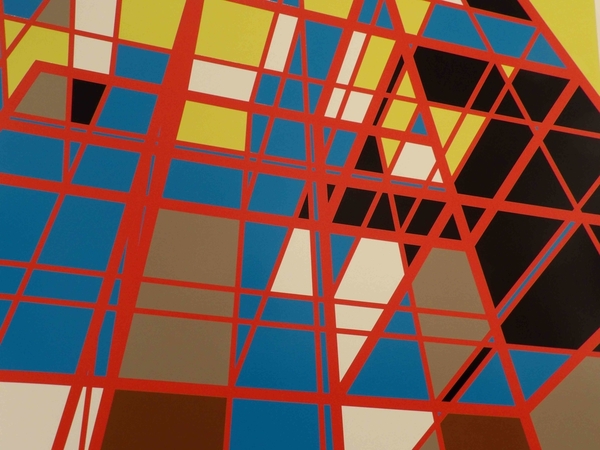
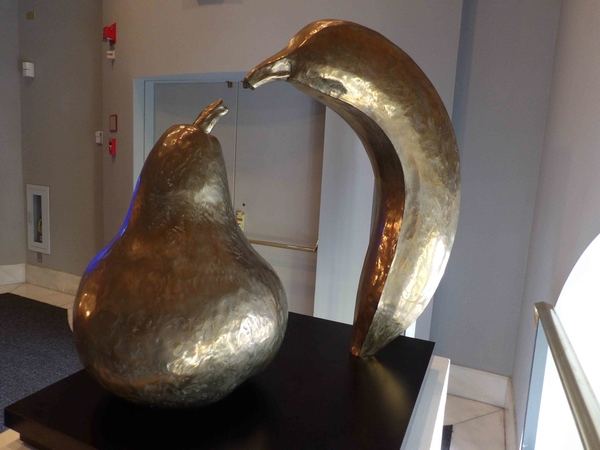
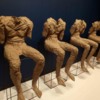



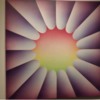



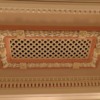





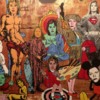
Comments (0)